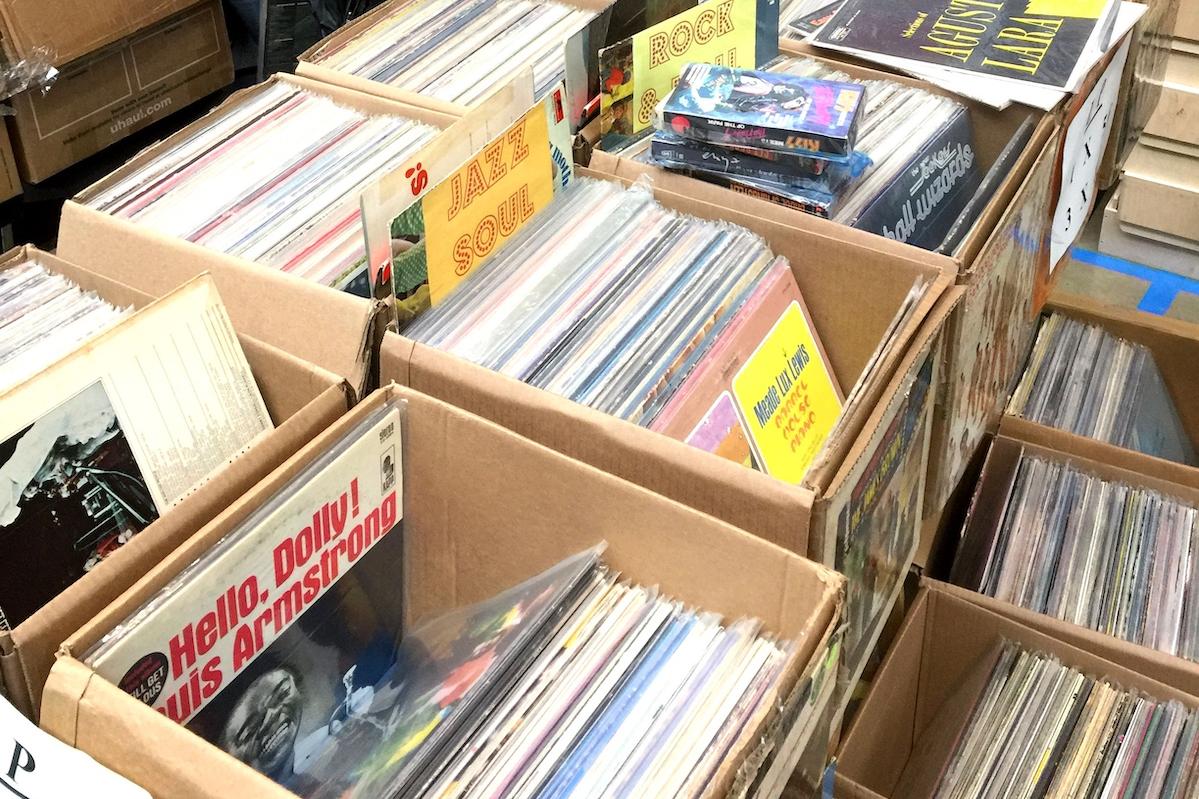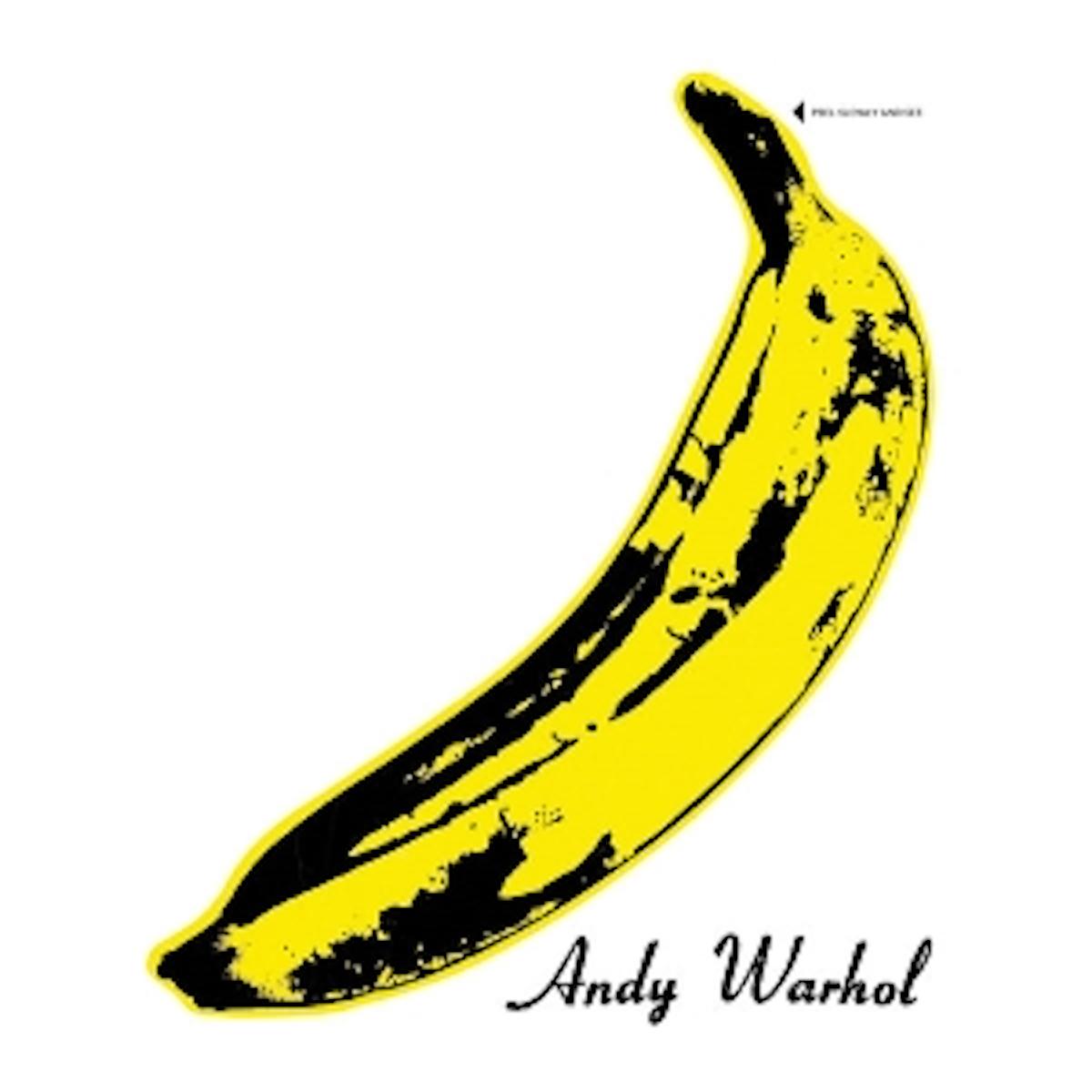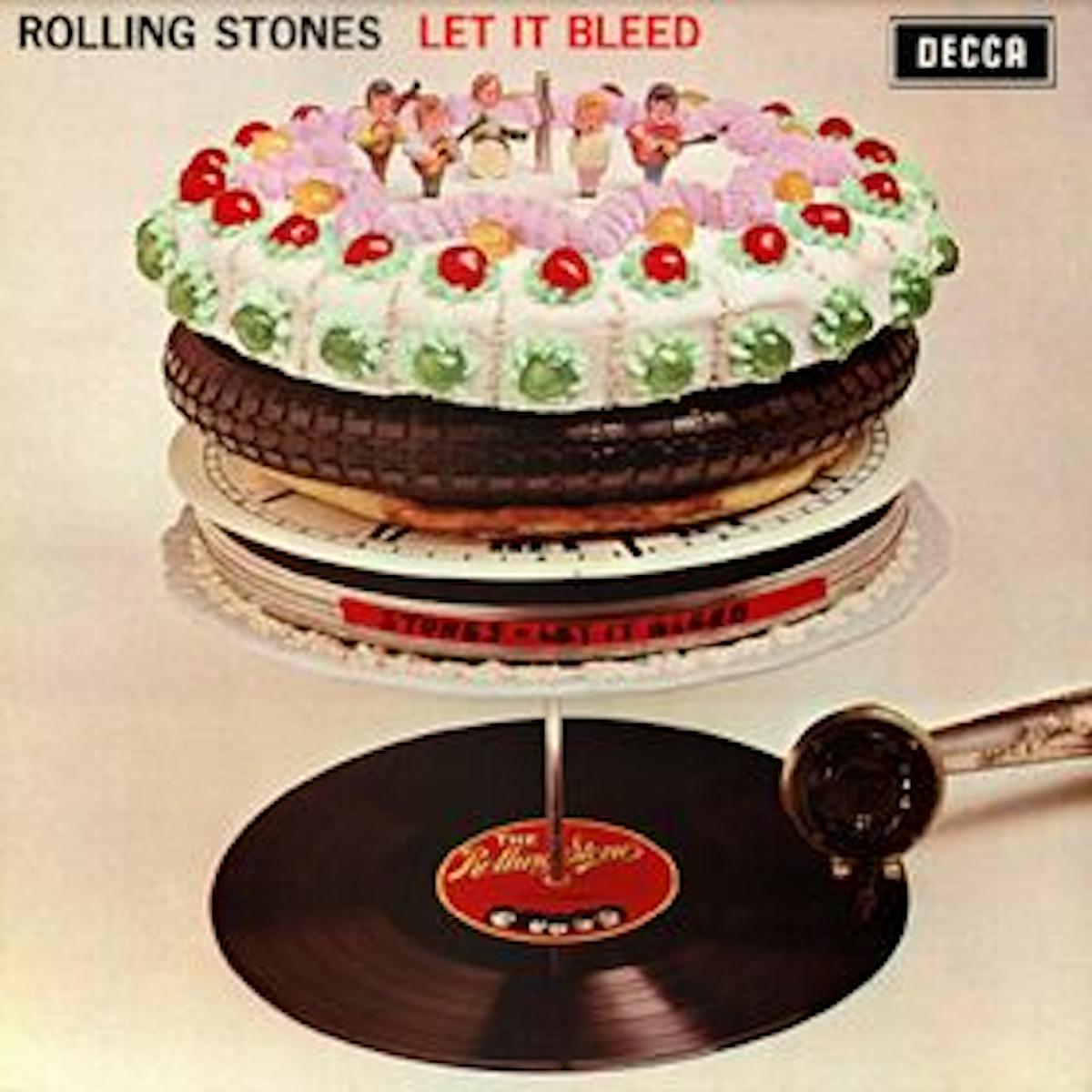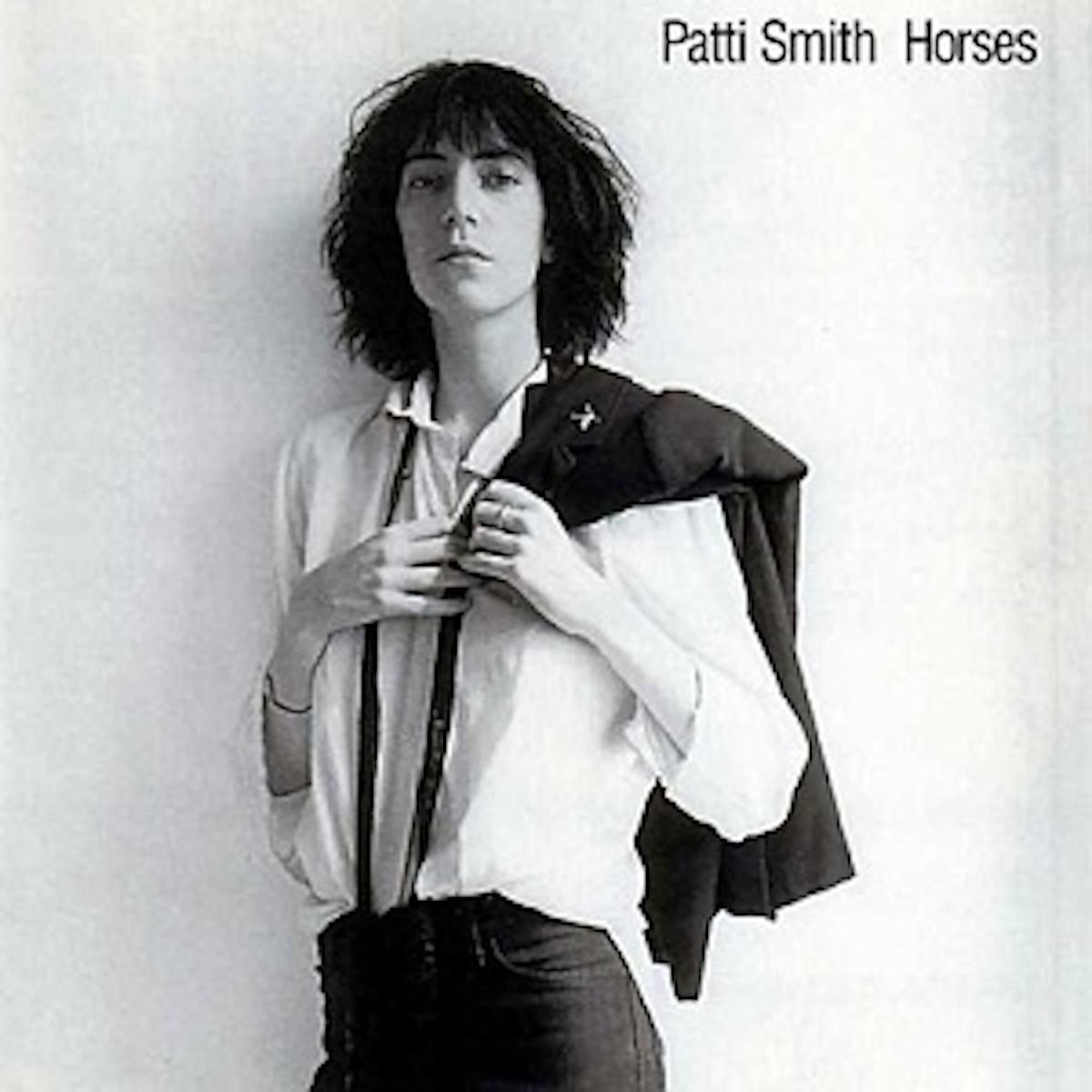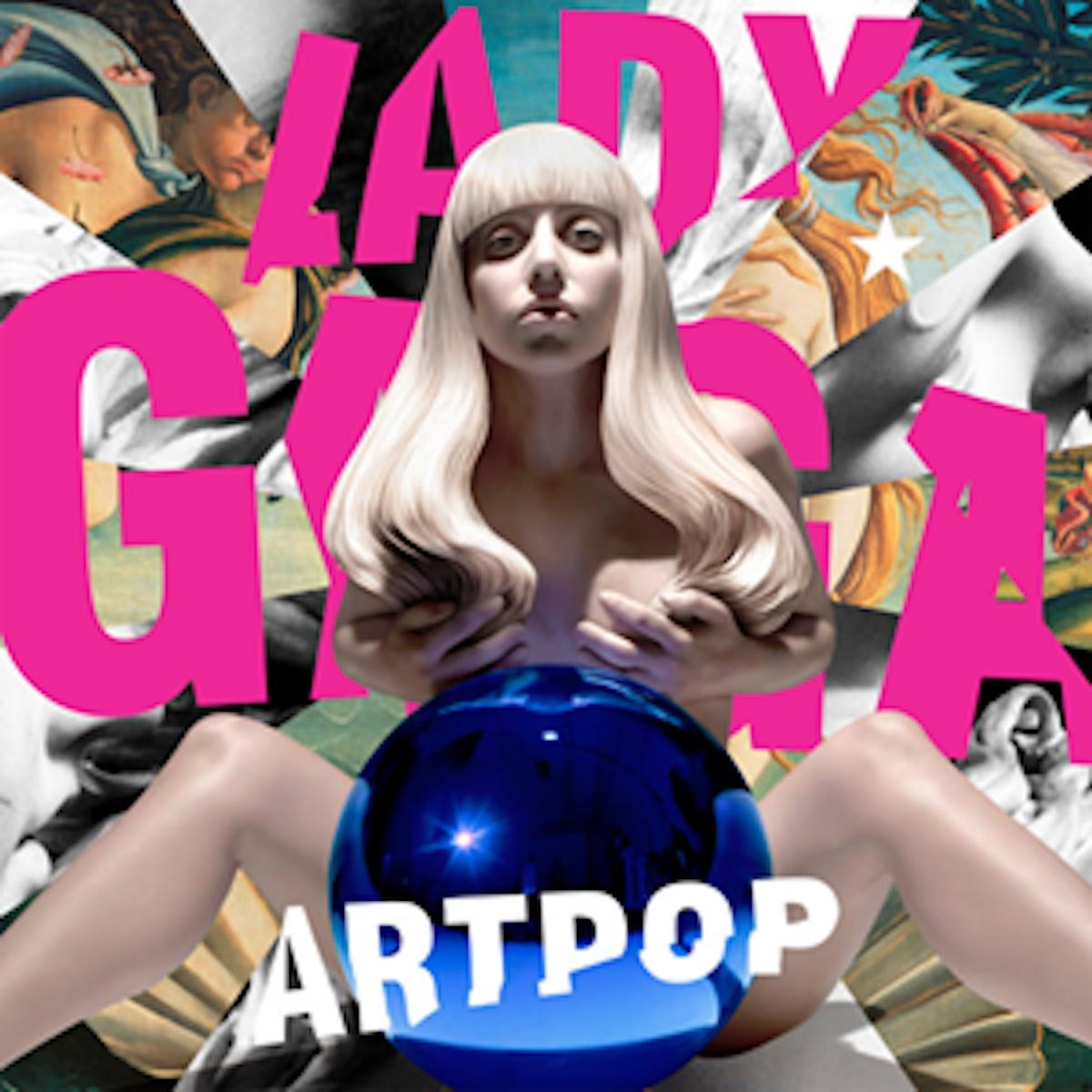The Velvet Underground and Nico by The Velvet Underground and Nico, 1967. Cover art by Andy Warhol.
For one of the most famous record covers of all time, the design is incredibly simple: a yellow banana over a white background. The collaboration between Andy Warhol and The Velvet Underground stemmed from the realization that they were pursuing similar artistic goals: to provoke, shock, and shake the system. After becoming their manager and artistic director, Warhol designed their album cover: a banana with the message “Peel slowly and see.” By peeling it, a pink banana was revealed underneath. Despite Warhol’s patronage, the album’s sales were poor and its contents were so controversial that radios refused to air it and magazines to advertise it.




